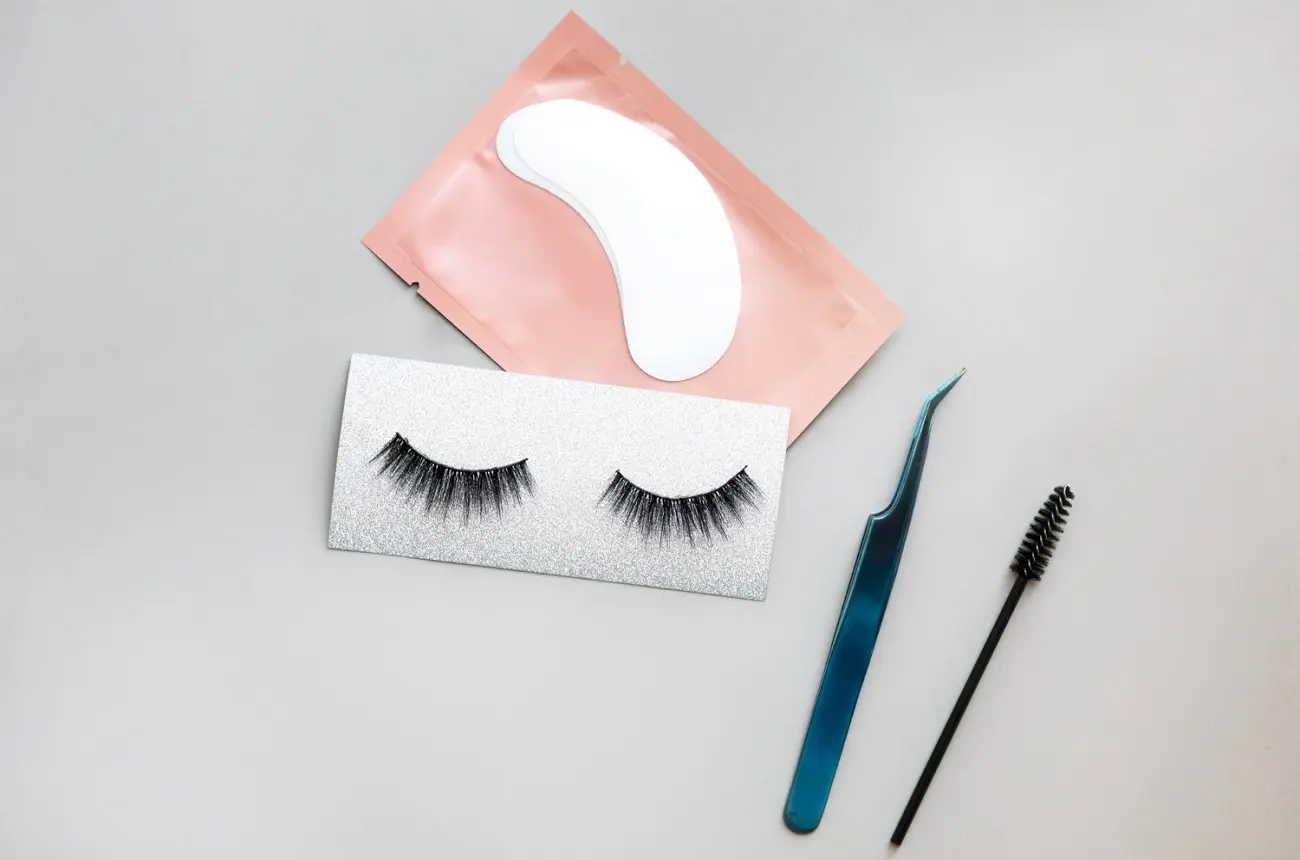In today’s beauty industry, the demand for fake eyelashes has skyrocketed, with consumers constantly seeking ways to enhance their natural beauty. As a result, establishing a successful private label brand in this niche market can be immensely rewarding, but it requires careful planning, strategic thinking, and an acute understanding of consumer preferences. Here’s a comprehensive guide to navigating the intricate world of fake eyelashes private labeling and crafting a brand that stands out:
Market Research and Target Audience Identification
Begin by conducting thorough market research to understand the current trends, consumer preferences, and competitor landscape. Identify your target audience – whether it’s young millennials, working professionals, or beauty enthusiasts – and tailor your product offerings to meet their specific needs and preferences.
Product Development and Quality Assurance
Invest in high-quality materials and collaborate with reputable manufacturers to develop a range of fake eyelashes that are both visually appealing and comfortable to wear. Prioritize quality assurance throughout the production process to ensure consistency and reliability in your products.
Branding and Packaging Design
Develop a strong brand identity that resonates with your target audience. Create a compelling brand story and visually appealing packaging design that reflects the essence of your brand. Invest in professional photography and graphic design to ensure that your products stand out on the shelves and online platforms.
Distribution Channels and Marketing Strategy
Explore various distribution channels, including e-commerce platforms, retail partnerships, and direct sales channels, to reach a wider audience. Develop a comprehensive marketing strategy that incorporates social media marketing, influencer collaborations, and targeted advertising to generate buzz and drive sales.
Customer Engagement and Feedback Loop
Foster meaningful connections with your customers through engaging content, responsive customer service, and community-building initiatives. Encourage feedback and actively listen to customer suggestions to continuously improve your products and enhance the overall customer experience.
Regulatory Compliance and Legal Considerations
Familiarize yourself with the regulatory requirements and legal considerations governing the beauty industry, including product labeling, ingredient disclosure, and safety standards. Ensure that your products comply with all relevant regulations to maintain consumer trust and credibility.
Adaptability and Innovation
Stay ahead of the curve by continuously innovating and adapting to evolving market trends and consumer preferences. Experiment with new product formulations, designs, and technologies to differentiate your brand and stay competitive in the fast-paced beauty industry.



